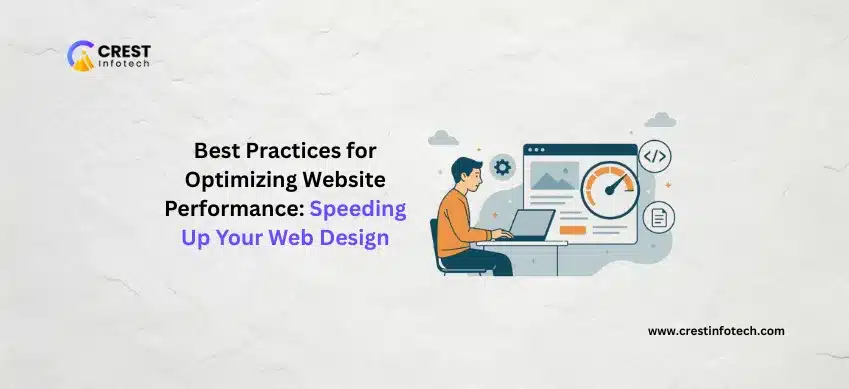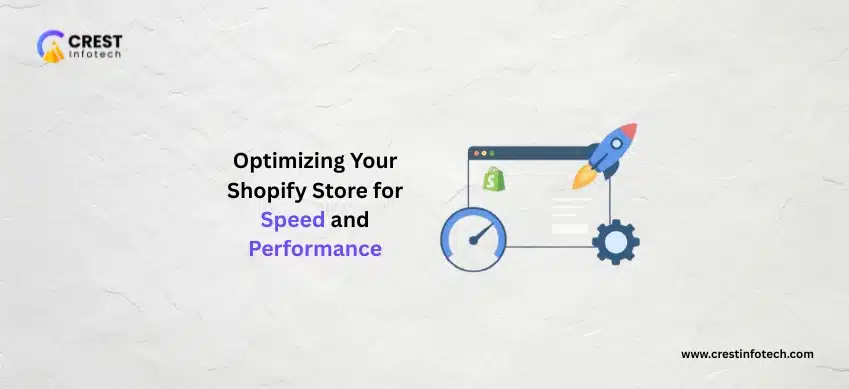Website speed is more than a technical metric — it’s a major factor in user experience, SEO, and conversion rates. A slow website can frustrate users, increase bounce rates, and lower your rankings in search engines. The good news? With a few best practices, you can significantly improve your site’s speed and overall performance.
1. Optimize Images Without Sacrificing Quality
Large, unoptimized images are one of the top culprits for slow-loading websites.
- Use modern formats like
WebPorAVIFfor smaller file sizes - Compress images using tools like TinyPNG or Squoosh
- Use responsive images with
srcsetfor different screen sizes
2. Minimize HTTP Requests
Every file — image, script, or font — adds to load time.
- Combine CSS and JS files where possible
- Use icon fonts or SVG sprites instead of multiple images
- Reduce unnecessary plugins or external scripts
“Fewer requests mean faster load times — keep your site lean and focused.”
3. Enable Browser Caching
Caching allows users’ browsers to store static files so they don’t reload them every time.
- Set cache expiration headers using
.htaccessor your hosting panel - Cache HTML, CSS, JS, and image files appropriately
- Use plugins like WP Super Cache or W3 Total Cache (for WordPress)
4. Use a Content Delivery Network (CDN)
A CDN stores your content on multiple servers around the world, serving it from the nearest location to the user.
- Reduce latency for global visitors
- Protect against traffic spikes and DDoS attacks
- Popular CDNs include Cloudflare, BunnyCDN, and StackPath
5. Minify and Compress Your Code
Extra spaces, comments, and line breaks in your code might seem small — but they add up.
- Minify HTML, CSS, and JavaScript using tools like UglifyJS or CSSNano
- Enable Gzip or Brotli compression on your server
- Use build tools like Webpack or Vite for automation
“Cleaner code means faster delivery — reduce what the browser has to process.”
6. Optimize Fonts and Third-Party Scripts
Custom fonts and external scripts (like live chat, analytics, etc.) can cause performance bottlenecks.
- Host fonts locally or use fewer font weights/styles
- Load third-party scripts asynchronously or defer them
- Audit and remove unused tracking or marketing tags
7. Choose Fast Hosting and Use the Latest PHP
Your hosting provider plays a huge role in speed — especially for dynamic or high-traffic sites.
- Choose performance-focused hosting like managed WordPress or VPS
- Ensure your server supports HTTP/2 or HTTP/3
- Use the latest stable version of PHP for faster processing
“No amount of front-end optimization can fully make up for a slow server.”
Final Thoughts
Website performance is no longer optional — it’s an essential part of great design. Speed impacts everything from search visibility to user satisfaction. By implementing these optimization strategies, you can build a faster, more reliable site that keeps users engaged and coming back.
Start with a speed audit, fix high-impact issues first, and commit to continuous improvement. A faster site isn’t just better for users — it’s better for business.



